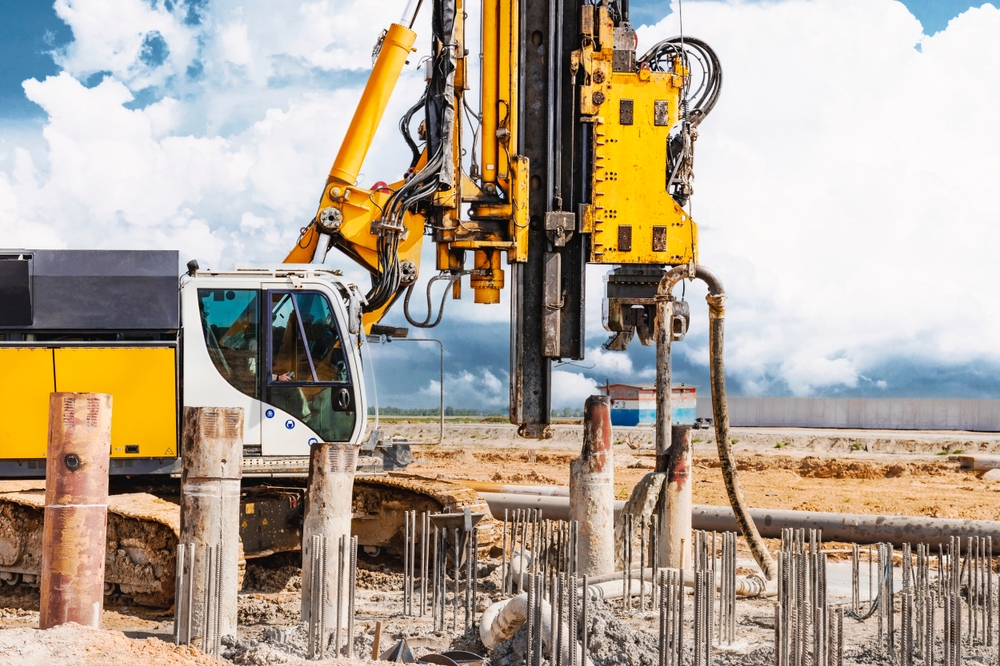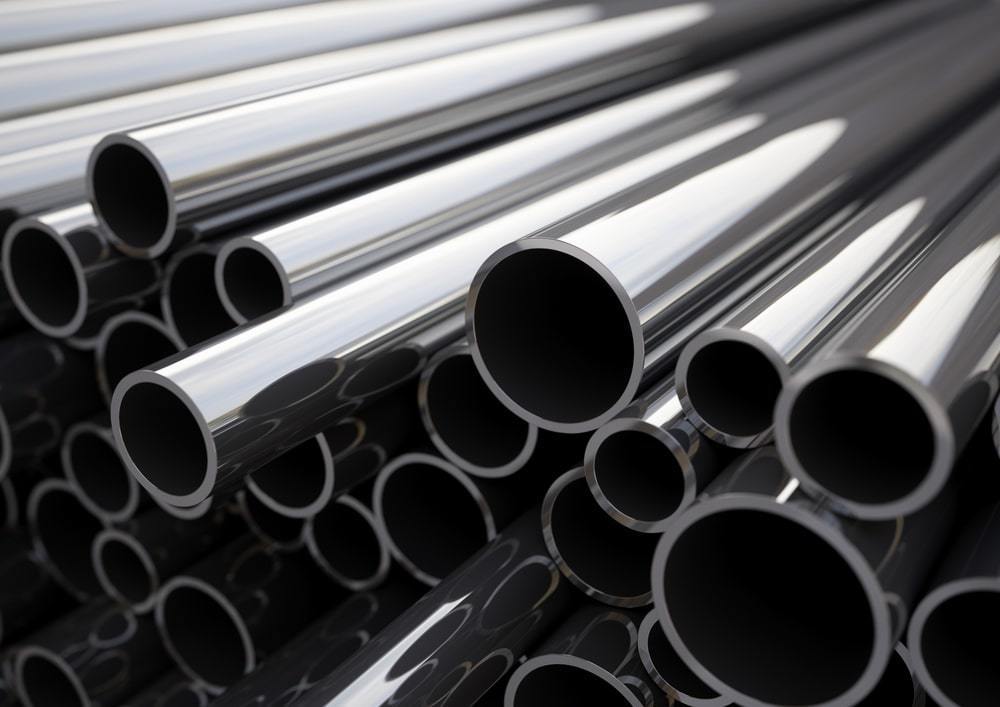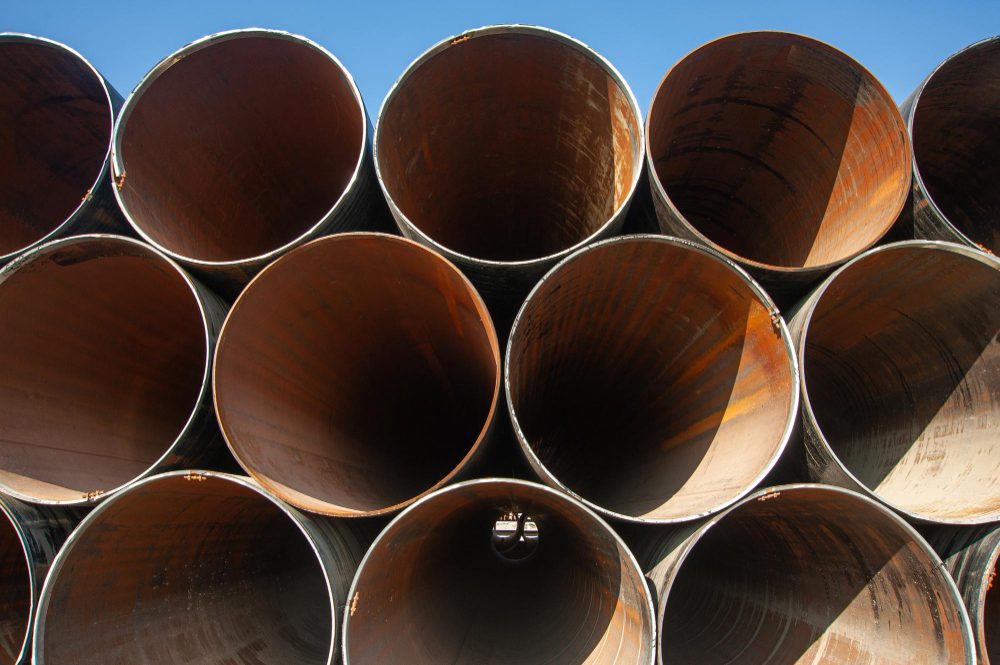Steel pipes are a popular material used in construction and many other industrial applications. However different types of steel offer varying benefits.
Mild steel pipes, for instance, have distinct properties compared to other variants of steel. In this article, we’ll discuss the differences between mild steel pipes and other steel variants so you can make an informed decision when choosing which type to use for your project.
From their composition, strength requirements, and cost-effectiveness to corrosion resistance and more – well cover all the bases!
Properties of Mild Steel Pipes Compared to Other Steel Variants

Mild steel pipes are one of the most commonly used types of steel, and they offer a range of benefits compared to other varieties. For starters, mild steel is more cost-effective than many other types of steel, making it an ideal choice for those on a budget.
Additionally, mild steel has better weldability characteristics than some other variants, so it can be easily formed into different shapes and sizes without compromising its strength or durability. Mild steel also offers superior corrosion resistance when compared to materials such as aluminum and copper alloys; this makes it perfect for applications in areas with high humidity or exposure to saltwater. Finally, mild steels typically have higher tensile strength ratings than alternative options like carbon steels and stainless steels; this ensures that pipes made from these materials will last longer under pressure or wear caused by regular use.
Applications for Different Types of Steel

Steel is a versatile material that can be used in a variety of applications. Mild steel pipes are one type of steel variant, but many other types with different properties and characteristics make them suitable for diverse uses. For example, alloy steels offer strength and hardness, while stainless steels have excellent corrosion resistance.
By understanding the differences between mild steel pipes and other variants, it’s possible to select the right type for each project or application. Some common applications for various types of steel include automotive components such as wheels, frames, axles, and engine blocks; infrastructure projects like bridges, buildings, and pipeline systems; construction equipment such as scaffolding; medical implants including screws and plates; cookware items like pots and pans; tools such as knives or saw blades; marine vessels such as boats or ships.
Each type has its advantages depending on the needs at hand – cold-rolled steel offers an improved surface finish while hot-rolled is more economical – making it important to pick the best one for every job.
Conclusion

Mild steel pipes are a popular choice for many applications due to their durability, strength, and affordability. They are also easy to fabricate into desired shapes, allowing for use in a variety of projects.
While mild steel is the most common type of steel used in construction, there are other variants available such as stainless steel or aluminum that may be better suited to specific jobs. Steel Fabrication plays an important role in creating custom pieces from these different materials depending on the application requirements. Ultimately, it’s important to weigh up all your options when choosing which material will best suit your project needs.

